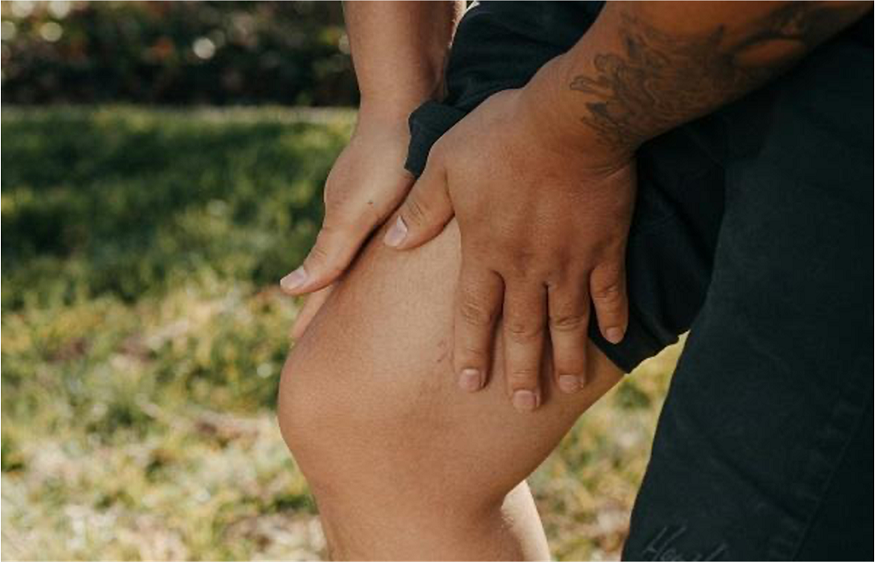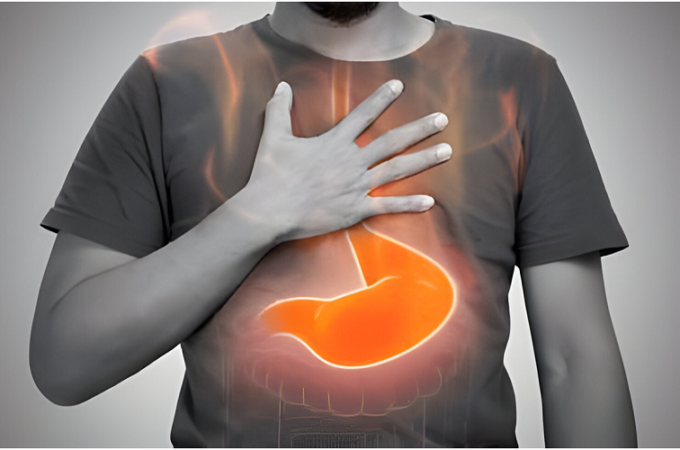
Why Women Sustain More Injuries from Football
Women’s football has become huge over recent years with more and more women signing up to play. From the top AFLW clubs through to local teams it has become popular with both players and spectators.
An increase in injuries has accompanied this sudden burst of women’s football clubs all over the country. While it can be difficult to record and collate injury data at a local community level, it is estimated that women are 2-4 times more likely to be hurt or injured than male football players.
Why Do Women Get Injured More Often?
There are 3 main factors that are likely to contribute to the higher injury levels in women.
1. The Nature of Football
In the past, sports that have been dominated by women were netball, tennis, running, basketball and general gym sessions. Football requires full contact tackling and that alone is a major difference in this sport that increases the risk of injury.
The body-to-body contact between players through bumps and tackles are skills that need development over a long period of time. Women’s football has been limited until recently which means that the community level players have not had the opportunity of a high volume of exposure to the game, therefore they haven’t had a chance to develop the overall skills in tackling and contact.
Simply put, learning to tackle in your late teens or 20’s is going to be harder and take more time to learn than if you had begun as a youngster in junior footy leagues.
2. The Risk Factors
The interest in women’s football has exploded quickly because it is such a new sport, therefore players jumping on board are often returning to sport after a significant absence or they may be older.
Unfortunately, an increase in age correlates to an increase in the risk of injury – that is across both males and females. Women playing at a community level are able to continue playing later in life which increases their injury risk.
There is more evidence becoming available that women tend to be more susceptible to rupturing their ACL because of specific anatomical and hormonal differences. The female pelvis is wider which changes the mechanics of how the bones in the lower body function and more stress is put on the soft tissues that support the joints. Oestrogen levels are thought to contribute to ligament laxity and therefore may also increase ACL injuries.
3. Less Injury Prevention
While the benefits of strength training to reduce injury risk are well understood, many women’s football clubs are likely to be lacking in this area. This may be due to so many clubs being relatively new so funding and available facilities are scarce, and this will limit strength and conditioning programs for the players.
While professional football clubs have stringent injury management systems in place, small community players won’t necessarily have access to preventative health services.
It is evident that there are several contributors to higher injury levels in women’s football. With the increase in popularity and success of the game, measures should be expected into the future to help minimise the number of injuries.
How to Prevent Football Injuries
There are precautions women can take to reduce their injury risk playing football.
Strength Training
There is a lot of research that supports strength training programs to help players reduce susceptibility to injuries. Specific programs can help the body absorb load, tolerate training and make warm up drills more effective. Prevention programs introduce players to strength training and gradually build up to more complex exercises.
The Prep to Play Program was developed by the AFL and LaTrobe University, providing a number of resources on how to minimise injury as well as improve fitness in female footballers. Incorporating this program into training is recommended by Melbourne Sports Physiotherapy.
Load Management and Recovery
Putting too much load on the body too quickly increases the risk of damage to soft tissue and tendons. Always build up exercise levels slowly, at a rate of about 5-10% increase in training loads. A physiotherapist is able to develop an effective strength program with a safe amount of load.
Recovery is also an important thing to get right, and sports physios will determine the best rehab plan for your injury. They can do biomechanical assessments to determine the root cause of your injury and target the issue safely to not only help you heal but improve your sporting performance.
Melbourne Sports Physiotherapy have physios working across the AFL and AFLW level and they are passionate about supporting women’s sport. They are dedicated to working towards women football players having successful injury-free seasons. Make an appointment by calling or book online today.





